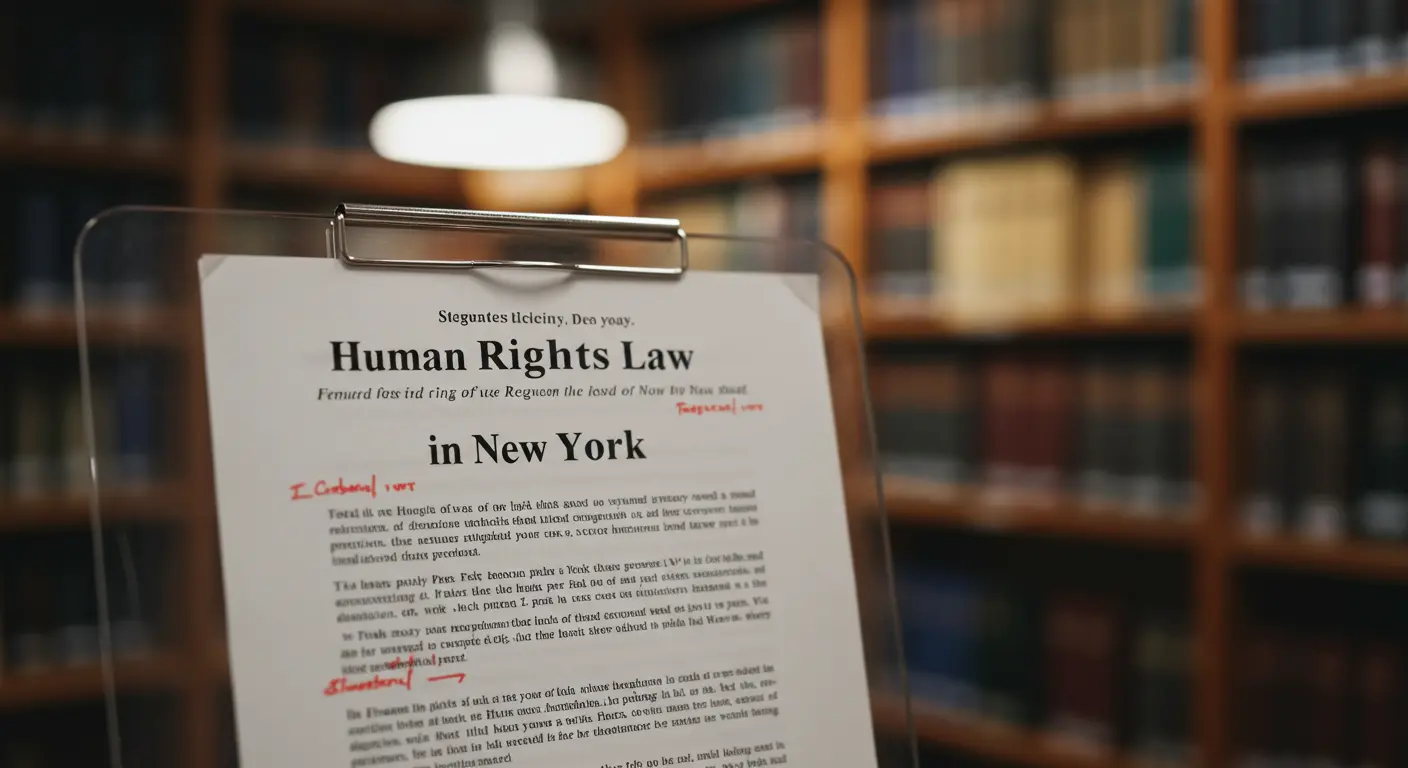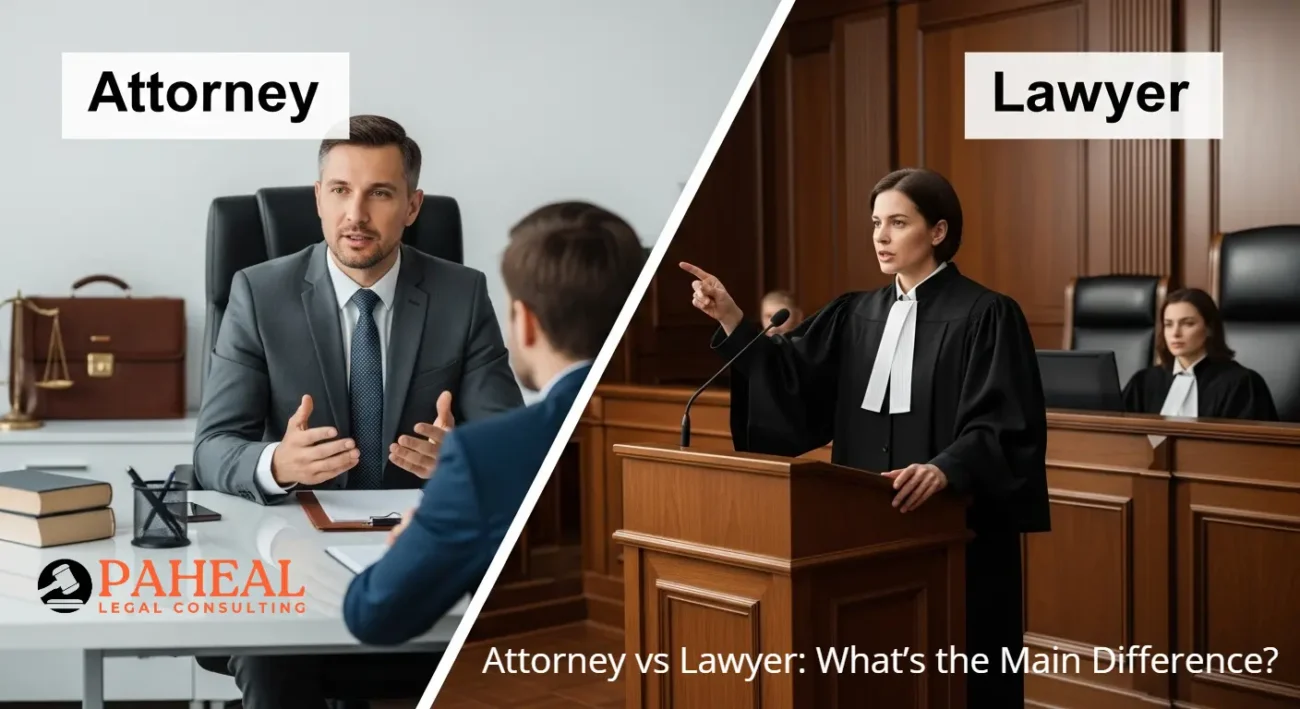
The state of New York has been at the forefront of human rights law in the United States. With a robust framework of laws and regulations in place, New York has consistently demonstrated its commitment to protecting the rights of its citizens. This case study will examine the human rights law in New York, its evolution, key provisions, and impact on the community.
Human Rights Law in New York
The New York State Human Rights Law, also known as the Executive Law, Article 15, was enacted in 1945. The law prohibits discrimination in employment, housing, public accommodations, and credit transactions based on various protected categories, including age, race, creed, color, national origin, sex, disability, and marital status. Over the years, the law has undergone several amendments, expanding its scope and protections.
Key Provisions of the New York State Human Rights Law
- Prohibition of Discrimination: The law prohibits discrimination in employment, housing, public accommodations, and credit transactions based on protected categories.
- Protected Categories: The law protects individuals from discrimination based on age, race, creed, color, national origin, sex, disability, marital status, and other categories.
- Reasonable Accommodation: Employers and housing providers are required to make reasonable accommodations for individuals with disabilities.
- Sexual Harassment: The law prohibits sexual harassment in the workplace and holds employers liable for the actions of their employees.
Impact of the Human Rights Law on the Community
The New York State Human Rights Law has had a significant impact on the community, promoting equality and fairness for all individuals. Some notable effects include:
- Increased Diversity: The law has contributed to increased diversity in the workplace and housing, promoting a more inclusive environment.
- Protection for Vulnerable Groups: The law provides critical protections for vulnerable groups, including individuals with disabilities, minorities, and women.
- Economic Benefits: By promoting equal opportunities, the law has contributed to economic growth and development in the state.
Case Study: Application of the Human Rights Law
A notable case that demonstrates the application of the New York State Human Rights Law is Becker v. Mendon Leasing Corp. (1988). In this case, a Jewish employee alleged that his employer discriminated against him based on his religion. The court ruled in favor of the employee, finding that the employer had indeed discriminated against him.
Challenges and Future Directions
Despite the progress made, there are still challenges to be addressed. Some areas for improvement include:
- Expanding Protections: Continuing to expand protections for vulnerable groups, including LGBTQ+ individuals and those with mental health conditions.
- Increasing Awareness: Raising awareness about human rights law and promoting education and training programs.
- Strengthening Enforcement: Strengthening enforcement mechanisms to ensure that individuals and organizations comply with the law.
The human rights law in New York is a critical component of the state's commitment to protecting the rights of its citizens. By prohibiting discrimination and promoting equal opportunities, the law has had a profound impact on the community. As we move forward, it is essential to continue expanding protections, increasing awareness, and strengthening enforcement mechanisms to ensure that the law remains effective in promoting human rights. By doing so, we can create a more inclusive and equitable society for all individuals in New York.
Human Rights Law FAQ
The New York State Human Rights Law prohibits discrimination in employment, housing, public accommodations, and credit transactions based on protected categories.
Protected classes include age, race, creed, color, national origin, sex, disability, marital status, sexual orientation, gender identity or expression, and other categories.
Yes, the law applies to independent contractors in certain circumstances, particularly in employment-related discrimination claims.
Public accommodations refer to places or services open to the public, such as restaurants, stores, hotels, and recreational facilities, where discrimination is prohibited.
Yes, individuals can be held liable for discriminatory actions under the New York State Human Rights Law, including supervisors, managers, or owners.
The law prohibits discrimination in housing-related transactions, including rentals, sales, and financing, based on protected categories such as race, sex, disability, and familial status.
Need more help?
Call, email or chat a member of the Answer Connect team today!
How Long Does a Divorce Take in Illinois
-
Posted by
admin
- 0 comments
Attorney vs Lawyer: What’s the Main Difference?
-
Posted by
admin
- 0 comments
Chat with a LiveHelp Operator now!
Need help finding what you need?
Chat with a live operator Monday to Friday, 9 AM to 5 PM (NY Time).
Please note that LiveHelp is unavailable on most holidays. Before chatting, review our privacy policy for more information.




